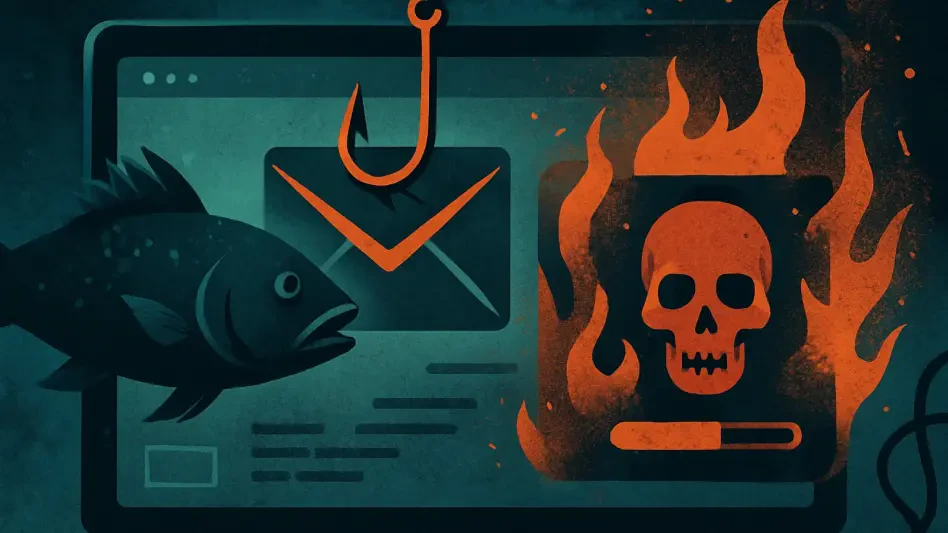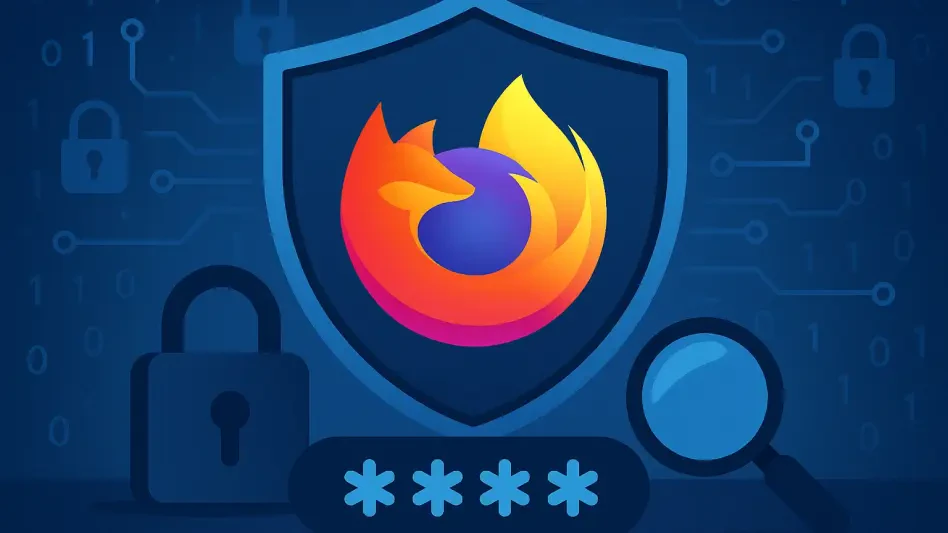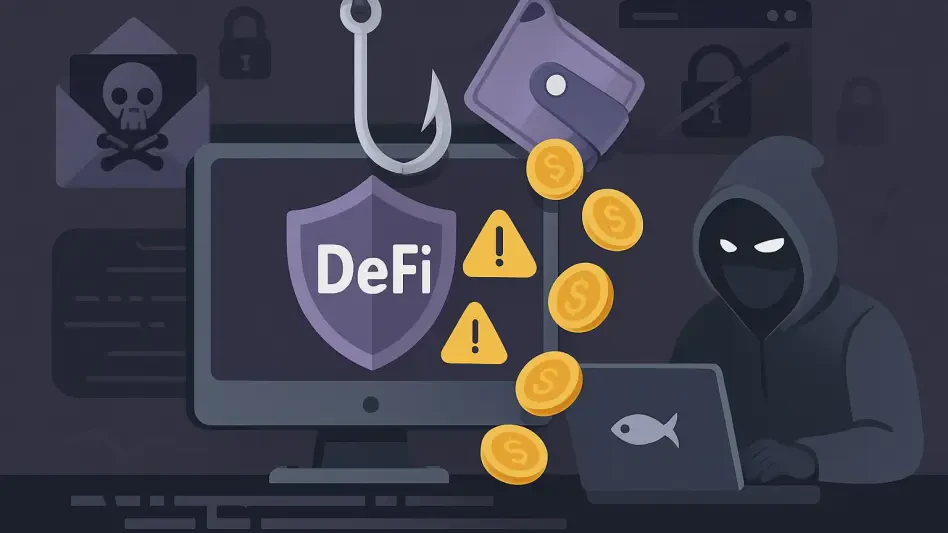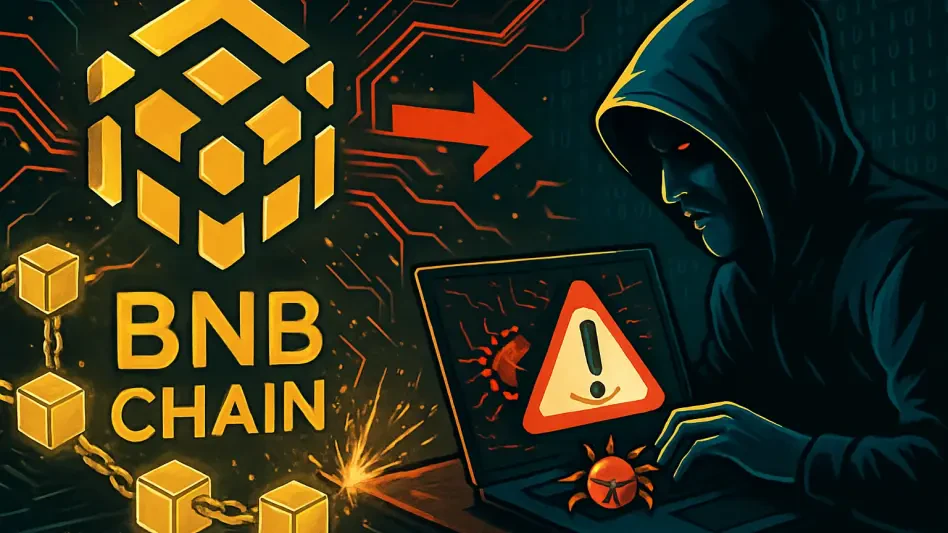The recent wildfires in Southern California have brought devastation to communities, leaving people searching for ways to recover and rebuild. Unfortunately, such crises often attract scammers who exploit the chaos and urgency for their own gain. Whether you are trying to donate to relief efforts or seek assistance as a victim, understanding these scams and learning how to avoid them is crucial. Scammers may take advantage of the distress caused by these wildfires, preying upon the generosity and vulnerability of individuals. Here, we explore common scams following disasters and provide actionable advice to help protect you and your loved ones.
1. Confirm Before You Contribute
When donating to relief efforts following disasters like the Southern California wildfires, it is essential to confirm the legitimacy of the charity before contributing. Scammers often create convincing websites, social media posts, or crowdfunding campaigns that mimic genuine relief efforts. They use images from the disaster, emotional appeals, and names similar to reputable organizations to gain trust. To avoid falling victim to these schemes, always research charities before donating by using trusted platforms such as Charity Navigator or GuideStar to confirm legitimacy.
Avoid donating through links received in unsolicited emails, texts, or social media posts, as these links can easily lead to fraudulent websites. Be especially wary of campaigns that use urgent or high-pressure language, as this is a common tactic used by scammers to create a sense of immediacy. Legitimate charities and organizations will always provide sufficient time for you to make an informed decision about your donation. Take the time to verify the credibility of the campaign before making any contributions.
2. Verify Aid Offers
In the aftermath of disasters, individuals may receive offers of aid from various sources claiming to represent government agencies or reputable charities. To protect yourself from impersonation scams, it is crucial to verify the identity of the person or organization offering assistance. If someone contacts you claiming to be from a government agency or a reputable charity, never hesitate to contact the organization directly through their official website or phone number to confirm their legitimacy.
It is essential to avoid providing sensitive information, such as bank account details or Social Security numbers, unless you are absolutely certain of the recipient’s legitimacy. Scammers often pose as disaster relief workers, government officials, or charity representatives, claiming they can provide financial assistance or help file claims. By taking the extra step to verify their identity, you can protect yourself from falling victim to these scams and ensure that your personal information remains secure.
3. Safeguard Your Personal Data
Protecting your personal data is a critical aspect of avoiding scams in the wake of disasters. Cybercriminals take advantage of the heightened emotions and confusion following crises to send phishing emails or text messages claiming to be from government agencies, insurance companies, or charities. These messages often contain links to malicious websites or ask for personal information. To safeguard your data, it is important to never click on links or download attachments from unknown sources, as these can lead to malware or phishing websites.
Be cautious about sharing personal details on social media, especially in public posts, as scammers often use this information to target victims. Personal posts and updates regarding your whereabouts, financial status, or other sensitive information can be exploited by criminals. Maintaining privacy settings on social media accounts and being mindful of the information you share can significantly reduce the risk of becoming a target. Stay vigilant and cautious when engaging with online content during disaster recovery efforts.
4. Look for Warning Signs
Scammers often employ certain tactics and warning signs that can help you identify fraudulent schemes. One common tactic is the use of untraceable payment methods such as gift cards, wire transfers, or cryptocurrency. Legitimate organizations typically offer multiple, secure payment options, including credit card processing. If an individual or organization insists on using untraceable payment methods, it is a red flag that the offer may be a scam.
Additionally, be skeptical of any offers that seem too good to be true. Scammers often promise large sums of money or free services in exchange for personal information or up-front payments. If an offer appears overly generous or unrealistic, take a step back and carefully assess the situation. Always prioritize your safety and security by staying skeptical and conducting thorough research before engaging with any unsolicited offers of assistance or financial support.
5. Use Secure Channels
When seeking assistance or interacting with organizations on social media platforms, it is important to use secure and verified channels. Only engage with official accounts or verified profiles, which can be identified by blue checkmarks or other indicators of authenticity. This helps ensure that you are communicating with legitimate representatives and not potential scammers. Additionally, enable two-factor authentication (2FA) on your accounts to prevent unauthorized access, even if a scammer obtains your login credentials.
By using secure communication channels, you can minimize the risk of falling victim to scams. Social media platforms are often targeted by criminals due to their wide reach and immediacy. By being cautious and proactive, you can protect yourself and your personal information from potential threats. Always prioritize your online security, especially when dealing with sensitive matters related to disaster recovery and assistance.
6. Stay Informed About Scams
Staying informed about current scams is essential in protecting yourself and your community. Regularly check trusted sources such as government websites, news outlets, and consumer protection agencies for updates on common scams and fraudulent schemes following disasters. Engaging with community forums and local resources can also provide valuable insights and tips on avoiding scams. By staying informed and vigilant, you can better navigate the complexities of disaster recovery, keeping both you and your community safe from further harm.







